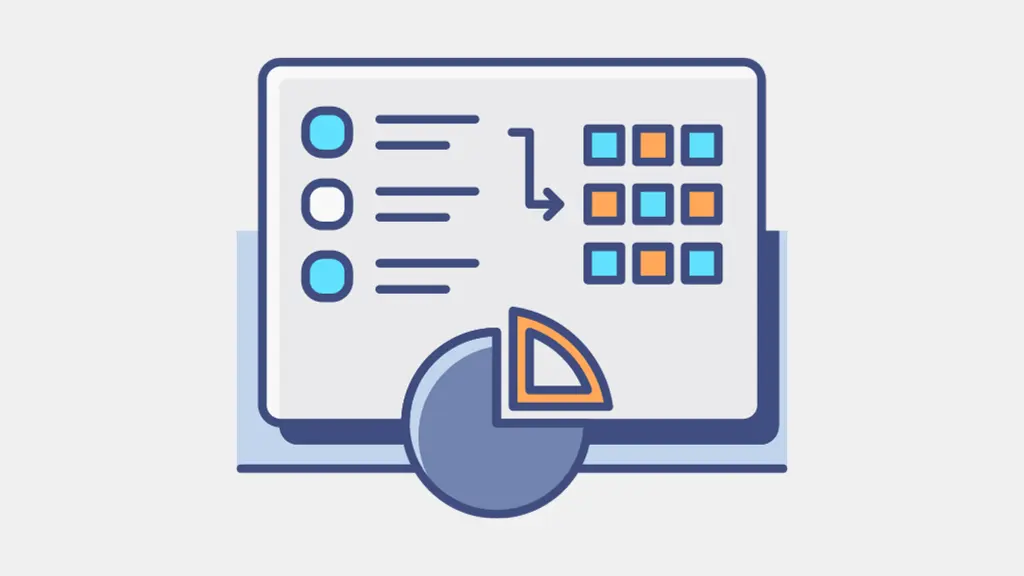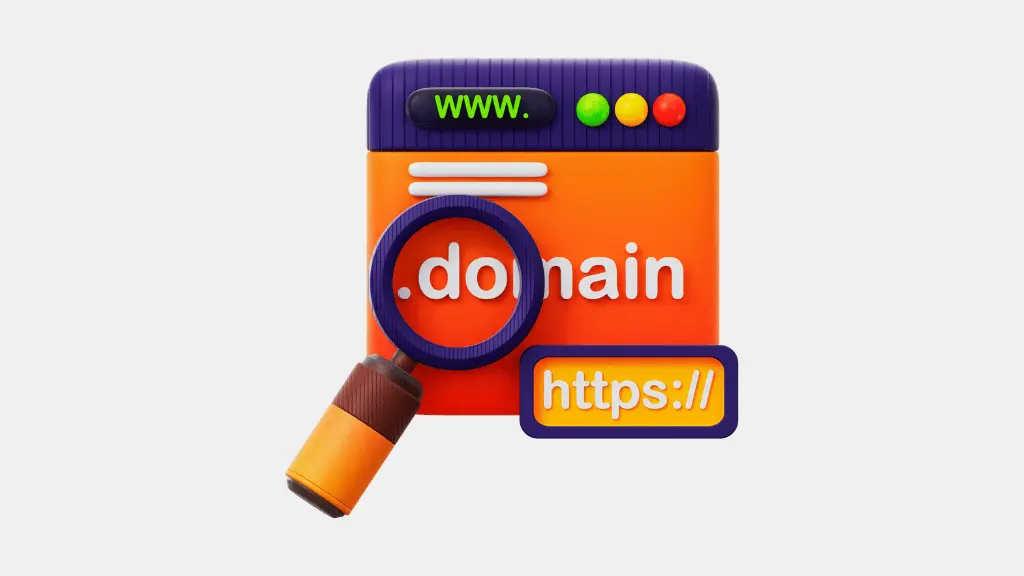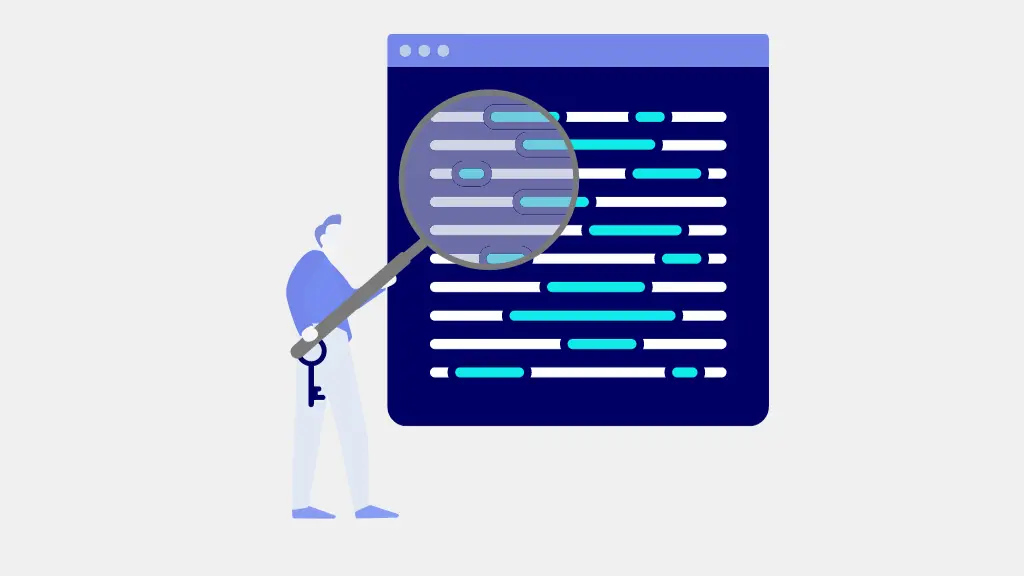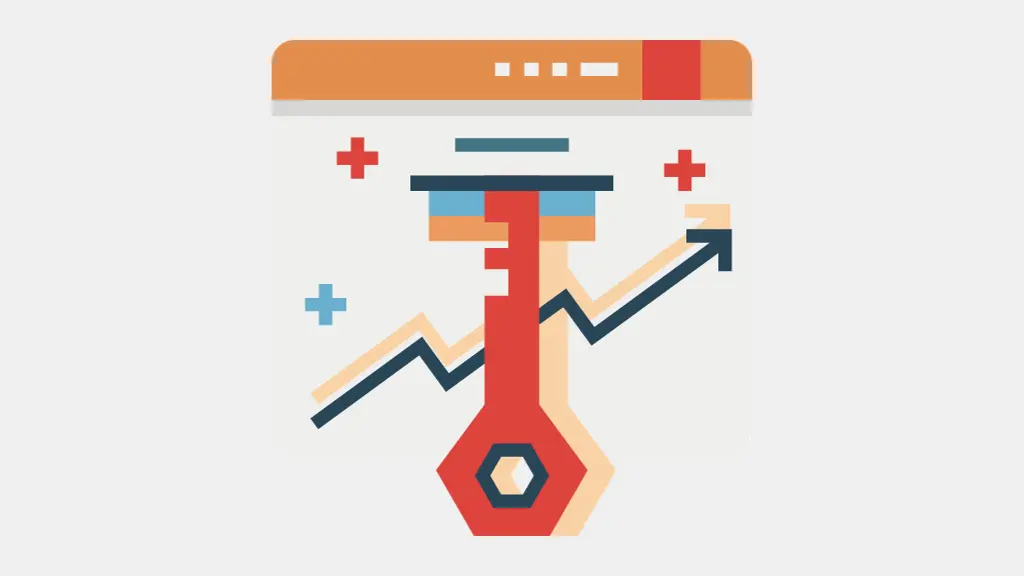Every good search engine optimization plan must include link building. The process entails acquiring links to your website from other external websites.
High-quality links help to increase your website’s authority and visibility in search engine results pages (SERPs). However, link building is not a one-time task; it requires ongoing effort to maintain and improve your website’s link profile.
We will discuss link-building process! Including the different strategies and tactics involved, and when you can expect to see results from your efforts. Whether you are new SEO experienced practitioner, this article will provide valuable insights. How to build links and improve your website’s online presence effectively?
What is the actual duration for backlinks to start showing their effects?
According to our experience, link building will result in a ranking improvement for a typical website targeting a moderately competitive term in two to six months.
Yet the solution is more intricate than this. Ranking improvements may begin right away when the link is created, but they take time to completely manifest. Your campaign’s impact will grow over time since you won’t often wish to create just one link. We started building links for marketinglad.in in October 2020 and by August 2022 we have grown from 1 link to 25 links.
Then we migrated our website from marketinglad. in to marketinglad.io on September 2022 and our link-building journey continued.

If you look at our example, marketinglad.io started building links in Oct 2020 and by Aug 2022 we had already achieved 25 links.
As the page’s rating rose for more and more keywords over the ensuing months, traffic to it kept rising and organic traffic started gradually increasing from May 2022.

For our website marketinglad.in, it took us around 2+ years from October 2020 to March 2023 to get higher traffic and the number is increasing continuously.
The overall traffic to our website is increasing significantly over the past year from 0 visits in the Oct 2020 to 6570 visits in March 2023.

We’re happy to report that the site’s success has continued and organic monthly visits are constantly growing.
What Factors Impact the Duration of Link Building?
1. Link Velocity
The pace at which links are acquired, known as link velocity, is a significant factor. If rate of link building deviates greatly from previous efforts, search engines may not give the links the appropriate weight. This is not solely a matter of timing, but rather an indication that building an excessive number of links each month will not help.
This creates a challenging situation for website owners as they transition from a low-quality, high-volume link strategy to a higher-quality approach. It is advisable to limit link building to 5-10 links during the first two months and gradually increase from there. Whether to continue low-quality link-building during this transition period is a topic to be addressed later.
2. Indexing Your Website

When you index your website, search engines can access all of your pages, which can be crawled and shown in search engine results.
Backlinks need to be indexed to see results, which occurs when Google finds and scans the page that links to your site and adds it to its index. To check if your backlink has been indexed, type “site:” followed by the page URL into Google’s search bar.
If webpage was already indexed before your backlink appeared, you will need to wait for Google’s crawler to revisit the page and re-crawl it to index your backlinks. Typically, this process takes 1-2 weeks according to our experience.
3. Crawling Time
The term “crawl time” pertains to the duration it takes for Google to explore your entire website. It is also referred to as “crawl rate“, which denotes the number of requests per second that Googlebot can initiate towards your site.
The rate of crawling relies on the bandwidth of your server and the popularity of your URLs. Pages that are frequently visited take a shorter time to be crawled, while new pages may require a longer time.
4. Domain Authority

Moz created Domain Authority (DA) as a metric that estimates a website’s probability of ranking high in search engine result pages. The score for DA ranges from one to 100, with higher scores indicating a greater chance of ranking.
DA is computed by taking into account various factors, such as the number of linking root domains and the total number of links, and consolidating them into a single score.
This score can be employed to compare websites or keep track of a website’s “ranking strength” over time. It’s crucial to note that DA isn’t a Google ranking factor and doesn’t impact the SERPs.
5. Page Authority

Moz created Page Authority as a metric that estimates how well a particular webpage will rank on search engine result pages. The scores for PA range from one to 100, with higher scores indicating a greater likelihood of ranking.
PA considers numerous factors and data from web index to determine score. Uses a machine learning model to identify the algorithm that best corresponds to rankings across a large number of SERPs.
It then applies that specific calculation to produce Page Authority scores.
6. Type of Link
Not all links hold the same value. The crucial factor is whether the link is a nofollow or a regular link. Nofollow links are disregarded by Google’s algorithm due to the instruction from the linking website. Consequently, generating nofollow links will not have a significant impact on your website. Therefore, dedicating time to building these links may not be the most effective use of your time.
Additionally, low-quality and spammy links like forum links, blog comments, directory links (if executed poorly), and social links are also improbable to improve your site’s rankings. Rather, it is recommended to prioritize obtaining high-quality links from reliable sources if you desire swift results.
7. Anchor Text

Anchor text, the text, that is clickable in a hyperlink, and is typically distinguishable from surrounding text by its color, and sometimes by an underline.
The purpose of anchor text is to signal to users that it can be clicked on, and it should also provide a clear idea of the content of the page that will be accessed by clicking on it.
According to Google, anchor text can provide a more precise depiction of a topic compared to the page content itself. This implies that if your anchor text effectively describes a topic, your backlinks may have a quicker impact.
8. Keyword Difficulty

Keyword Difficulty, referred to as “SEO difficulty” or “keyword competition“, involves the assessment of level of challenge involved in ranking. But for a particular term in Google’s organic search results.
The difficulty of a keyword is influenced by various factors, such as the authority of the domain, the authority of the page, and the quality of content.
When a keyword is categorized as “Easy“, it typically requires a time frame of 5-10 days to achieve a higher ranking through backlink campaigns.
However, if classified as “Medium” or “High“, it may take a few weeks or approx 30-40 days on average to achieve the desired ranking.
Nevertheless, it is important to note that time required for ranking also depends on other factors that have been optimized, as previously observed.
Current Search Engine Rank of Your Page

The ranking of your page at present is a crucial factor that determines the influence of a backlink. If your page is not on the first page of search results, a single backlink may have a significant impact on improving your ranking.
- Moz conducted a study, that on average, after 17 weeks.
- An article on the second page of Google’s search results climbed ten places higher in ranking after acquiring a backlink.
- On the other hand, articles already on the first page experienced an increase of only one place.
This is because the competition for lower rankings is less intense compared to the top positions, and pages on lower positions have more potential for improvement.
However, if your page is already on the first page of search results, you may require a substantial increase in your link profile. To observe an impact, which typically takes longer than acquiring a single backlink.
How Much Time Does It Take for Domain Authority to Increase?

The duration for enhancing your Domain Authority is influenced by various aspects such as the caliber and quantity of links you acquire. Concentrating on obtaining top-notch links can result in a significant rise in your DA within six to twelve months.
- Boosting a website’s domain authority and ranking requires dedication and patience.
- Nevertheless, adhering to the suggestions outlined below can enhance a website’s domain authority and its position in search engine results in pages.
- Up to this point, article has presumed that the objective of your link-building plan is to witness an increase in rankings and website traffic.
- Although this is nearly the case, numerous SEOs employ domain metrics from tools such as Moz and Ahrefs to monitor their backlinking efforts.
- Therefore, you might be interested in determining the timeframe for a link to enhance your domain authority.
- The duration it takes for your domain and page authority to improve hinges on when their web crawlers index the site again.
- Ahrefs suggests that it takes roughly two months to re-crawl their entire database, so you should anticipate links to appear within this timeframe.
- In this period, high DR sites are crawled multiple times, and they might show up much more quickly. In contrast, the algorithm may not even crawl some smaller sites, resulting in no rating improvement.
It’s crucial to bear in mind that neither DA nor DR has an impact on your search engine ranking. They merely provide helpful guidance to compare your website to other sites.
Conclusion
The timeline for seeing results in your link building efforts can be influenced by various factors. Such as your website’s existing authority, the quality of acquired links, and the competitiveness of your industry. You may notice some initial improvements within a few weeks to a few months. Achieving significant and sustainable results often requires patience and ongoing efforts.
Remember link building is a long-term strategy. It can contribute to your website’s overall success in the ever-evolving world of online visibility and SEO. Stay committed to link building efforts, monitor progress, and adapt your strategy as needed to maximize your chances of success.




